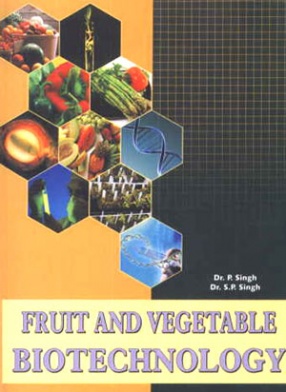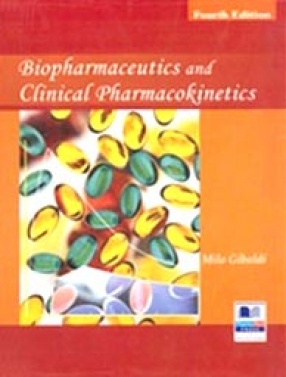Fruit and Vegetable Biotechnology
Genetic information is carried in the linear sequence of nucleotides in DNA. Its expression involves the translation of the linear sequence of specific regions of DNA existing in the nucleus of the cell (called coding regions or genes) into a collinear sequence of amino acides (proteins). As an intermediate step, however, DNA must be copied into different types of polynucleotide known as the ribonucleic acid (RNA) which retains all the information of the DNA sequence from which it was copied. Single-stranded RNA molecules are synthesized by a process known as DNA transcription which is regulated by interactions between DNA sequences located upstream of the gene (promoters) and proteins (transcription factors). Thousands of RNA transcripts can be made from the same DNA segment in a given cell. Many of these RNA molecules undergo major chemical changes before they leave the nucleus to serve as the messenger RNA (mRNA) molecules that direct the synthesis of proteins in the cytosol. Fragments of DNA can be amplified by a process called DNA cloning which consists in inserting the DNA into a plasmid or a bacterial virus and then growing these in bacterial (or yeast) cells.
Get it now and save 10%
BECOME A MEMBER











Bibliographic information
S P Singh
Tags